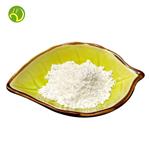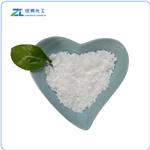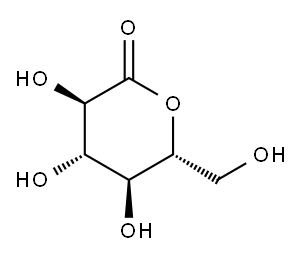Mechanism of GdL
Mar 7,2022
For many manufacturers of undried or semidry sausages, Glucono-delta-Lactone(GdL) is the preferred acidulant. It is applied as a crystalline powder that is freely soluble in water, where it hydrolyzes to gluconic acid within a few hours and shows a progressive reduction of the pH (Barbut, 2006 ; Lücke, 1998) .

Production
GdL is derived from gluconic acid by the removal of water. It is commercially produced by an aerobic fermentation process with Aspergillus niger (or its enzymes) to convert glucose into gluconic acid, after which a mixture of gluconic acid and GdL is separated by crystallization.
Recommended dosage
In sausage, GdL is added at levels of up to 0.5% (Lücke, 1998) . GdL is listed as a generally permitted food additive (E575) in the European Union (European Parliament and Council, 2006) and has received “generally recognized as safe” (GRAS) status from the U.S. Food and Drug Administration (Code of Federal Regulations [CFR], 2006) . However, the U.S. Department of Agriculture only permits it in cured, comminuted meat products at a maximum level of 0.5%, or up to 1% in Genoa salami (United States Department of Agriculture, Food Safety and Inspection Service [USDA-FSIS], 1995) .
Mechanism
At room temperature, GdL displays a lactone structure without a free acid group. As a result, it can be safely added during the emulsifying stage of sausage making. Under the influence of heat in the smoking process, the ester hydrolyzes rapidly and is partly converted to gluconic acid. The rate of GdL hydrolysis is temperaturedependent, being lower at low temperature and increasing with higher temperature (Totosaus, Gault, & Guerrero, 2000) .
In this way, hydrolysis of GdL lowers the pH of the batter, enhancing the conversion of nitrite into nitric oxide by reducing compounds (e.g., sodium ascorbate). Nitric oxide, in turn, forms the desired red nitrosomyoglobin color. Because of its slow rate of acidification, compared to the instantaneous acidification which occurs with other acidulants, and because of its mild taste characteristics, GdL is more popular than other acidulants. However, if acidification is not done quickly enough, meat particles will crumble, making it difficult to stuff the batter (Barbut, 2006) .
- Related articles
- Related Qustion
- Gluconolactone: food additive Apr 29, 2022
D-(+)-Glucono-1.5-lactone is a naturally occurring polyhydroxy acid (PHA) with metal chelating, moisturizing and antioxidant activity. Gluconolactone can be produced by enzymatic oxidation of D-glucos
Microcrystalline cellulose (MCC) is mainly composed of β- 1,4-glucoside bonded linear polysaccharide [1] is a white, odorless and tasteless crystalline powder composed of free flowing short rod or pow....
Mar 7,2022Food AdditivesNisin was less effective in high-fat sausages and in the presence of orthophosphates. Samelis et al found that dipping sliced pork bologna in nisin (125 μg/ml) plus sodium diacetate (3 μg/ml) was more effective against L. monocytogenes (2–3....
Mar 7,2022Biochemical EngineeringD-(+)-Glucono-1,5-lactone
90-80-2You may like
- What are the benefits of Polyglutamic acid for the skin?
Jun 6, 2024
- What is the agarose gel?
Jun 6, 2024
- The benefits of Selank peptide
Jun 5, 2024
D-(+)-Glucono-1,5-lactone manufacturers
- delta-Gluconolactone
-

- $0.00 / 25Kg/Drum
- 2024-06-07
- CAS:90-80-2
- Min. Order: 1KG
- Purity: 99%
- Supply Ability: 1000mt
- D-(+)-Glucono-1,5-lactone
-

- $0.00 / 1kg
- 2024-06-07
- CAS:90-80-2
- Min. Order: 1kg
- Purity: 99%
- Supply Ability: 20t
- D-(+)-Glucono-1,5-lactone
-

- $48.00/ kg
- 2024-05-14
- CAS:90-80-2
- Min. Order: 1kg
- Purity: 99%
- Supply Ability: 5000kg/week




